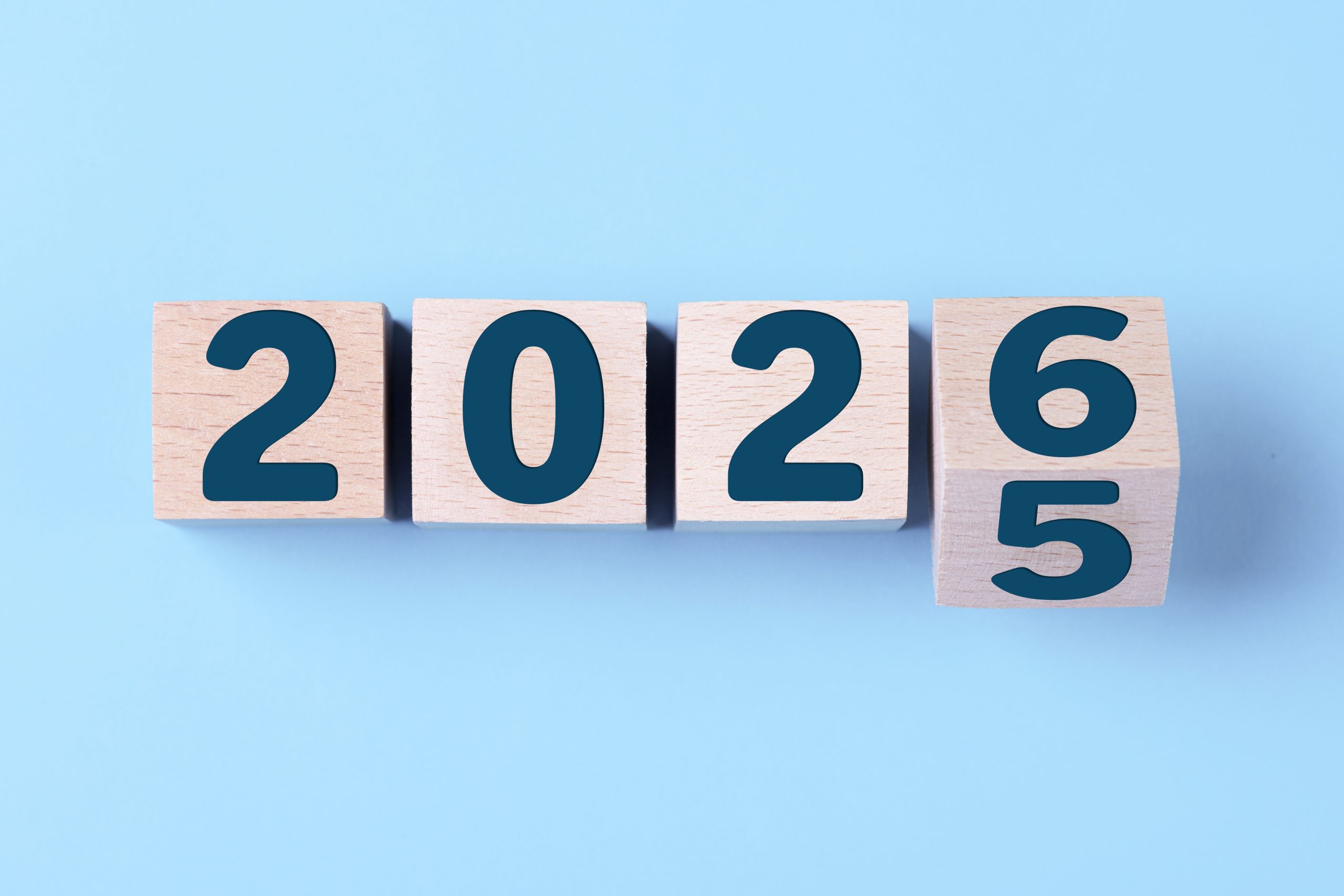HMRC’s Connect software system provides data to underpin efforts to tackle tax fraud. It cost a mighty £45m to install in 2009 and by 2011 it had contributed to the assessment of £1.4bn in additional tax revenues.
Connect is purported to have more data at its disposal than the British Library. It is not restricted to taxpayers’ details held in tax records; data is also searched from other Government departments: DVLA, Land Registry and so on.
Connect looks for inconsistencies. For example does the volume of sales on a taxpayer’s eBay account suggest a trade rather than sporadic house-hold disposals; has a property owner bought or sold a number of properties and no property related information declared on their tax return; are taxpayers on declared low incomes purchasing high value motor vehicles?
HMRC can apply a number of diagnostic techniques to the data they collect. Have you heard of the “Chi-squared” test, also known as Benford’s Law? Apparently the number “1” appears as the first digit of smaller numbers approximately 30% of the time – larger numbers less frequently. Traders who fabricate numerical data, for example daily takings, would not observe this random pattern. HMRC inspectors would use this technique to highlight data that appears to be suspect.
The age of data transparency is upon us. If data is recorded it can be linked to systems like Connect and “mined” to highlight likely tax avoiders.




